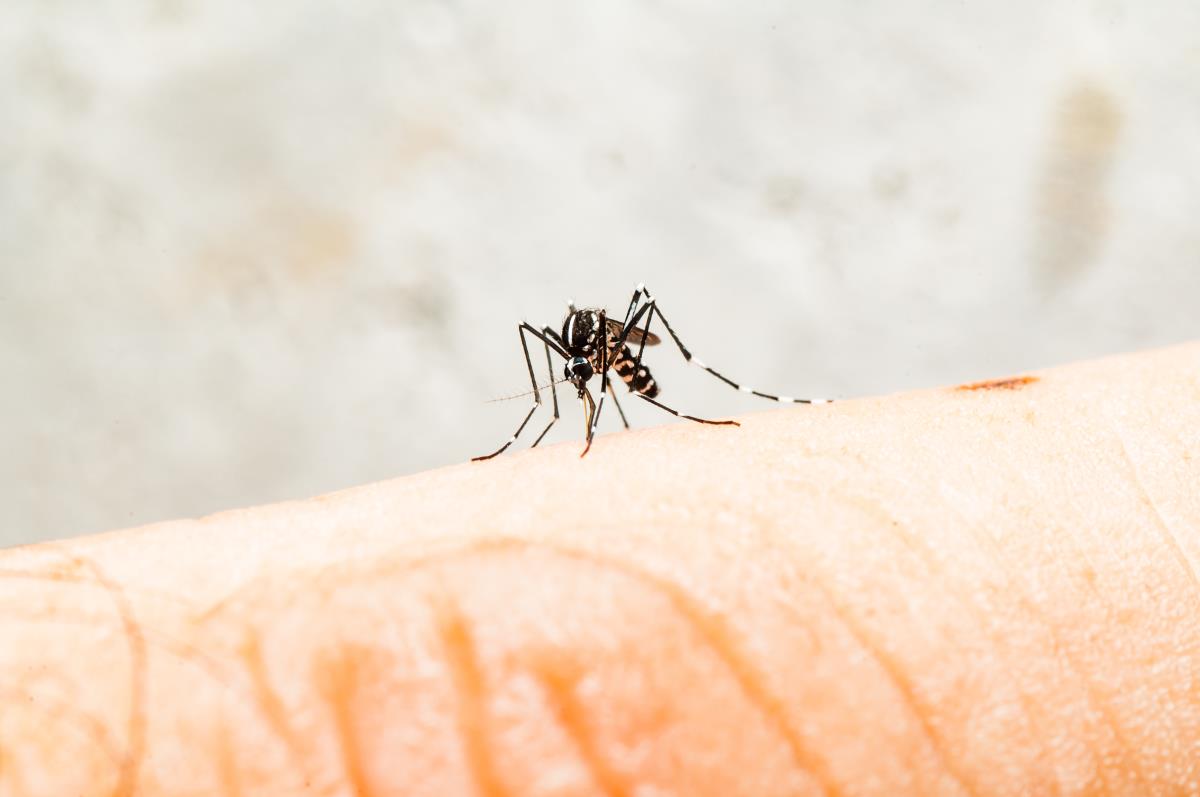A groundbreaking study led by researchers from the NDORMS at the University of Oxford, in collaboration with international institutions, has shown that artificial intelligence (AI) and environmental measurements can be used to predict malaria outbreaks in South Asia. This research offers valuable insights into enhancing early warning systems for one of the world’s deadliest diseases.
Malaria continues to pose a significant global health threat, with approximately half of the world’s population at risk, particularly in African and South Asian countries. Despite being preventable, the disease’s prevalence is influenced by various factors, including climate change, socio-demographic shifts, and environmental risks.
The research team, led by Associate Professor Sara Khalid from the Planetary Health Informatics Group at NDORMS, aimed to develop a more effective approach to malaria outbreak prediction. They collaborated with the Lahore University of Management Sciences to explore the potential of an environment-based machine learning approach for creating location-specific early warning tools.
The team created a multi-dimensional Long Short-Term Memory (M-LSTM) model that analyzed environmental indicators, such as temperature, rainfall, vegetation measures, and night-time light data, to predict malaria incidence in the South Asian region, which includes Pakistan, India, and Bangladesh.
The researchers compared the model’s predictions against district-level malaria incidence rates from the US Agency for International Development’s Demographic and Health Survey datasets between 2000 and 2017. The results, published in The Lancet Planetary Health, revealed that the M-LSTM model outperformed the conventional LSTM model with lower error rates of 94.5%, 99.7%, and 99.8% for Pakistan, India, and Bangladesh, respectively.
The study’s findings suggest that increased model complexity leads to higher accuracy and reduced error rates. This approach has significant implications for public health policy, as it could be applied to other infectious diseases or scaled up to high-risk areas with a disproportionately high burden of malaria cases and deaths in WHO African regions.
Sara Khalid explained, “This approach is generalizable, and our modeling carries significant implications for public health policy. It could help decision-makers implement more proactive measures to manage malaria outbreaks early and accurately. The real attraction is the ability to analyze data from anywhere and everywhere on earth, thanks to the rapid advancements in earth observation, deep learning, and AI, and the availability of high-performance computers. This could lead to more targeted interventions and a better allocation of resources in the ongoing efforts to eradicate malaria and enhance public health outcomes worldwide.”
Note:
1. Source: Coherent Market Insights, Public sources, Desk research.
2. We have leveraged AI tools to mine information and compile it.




